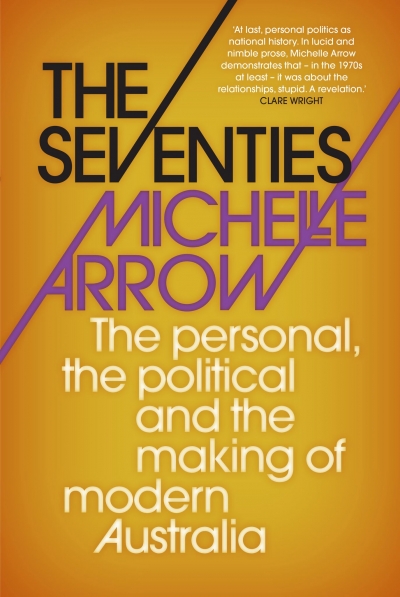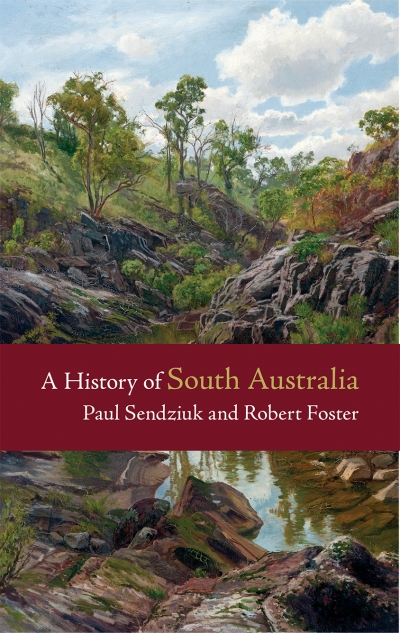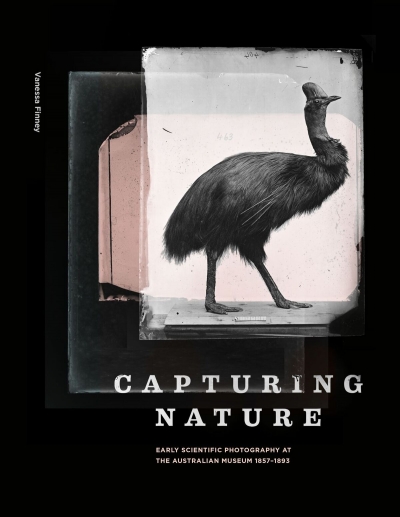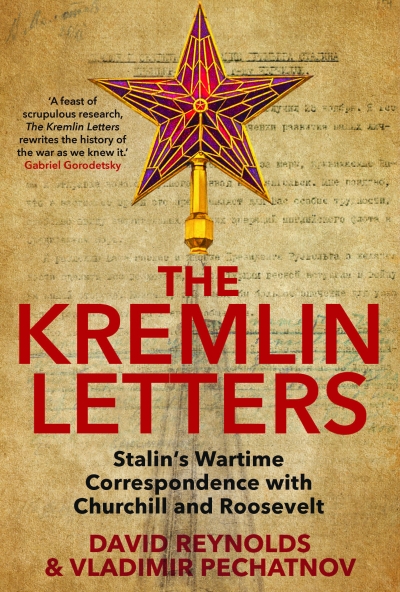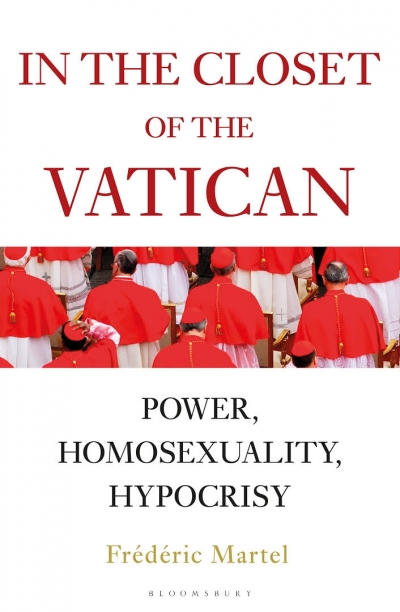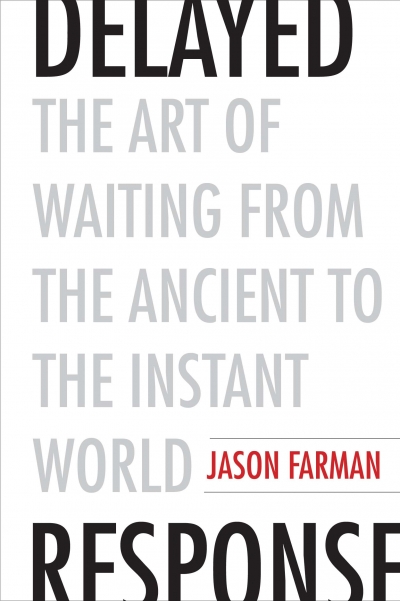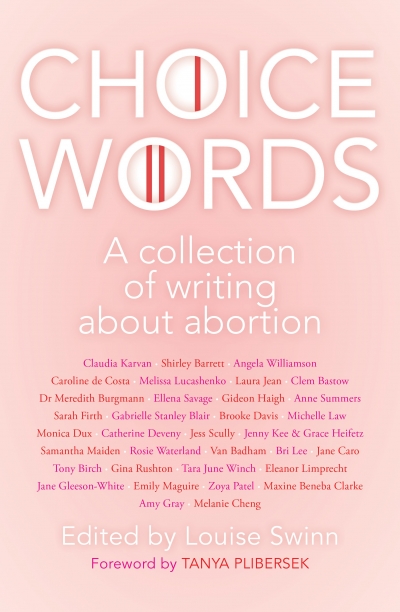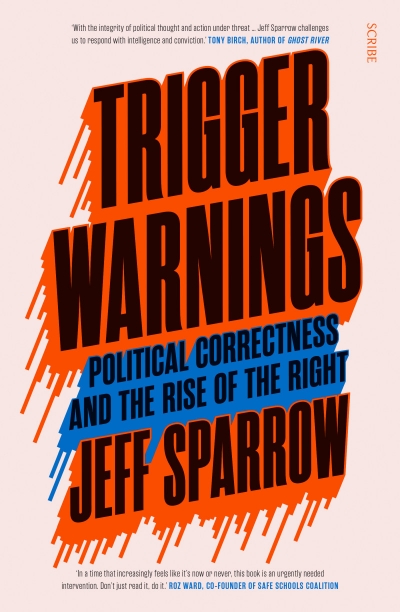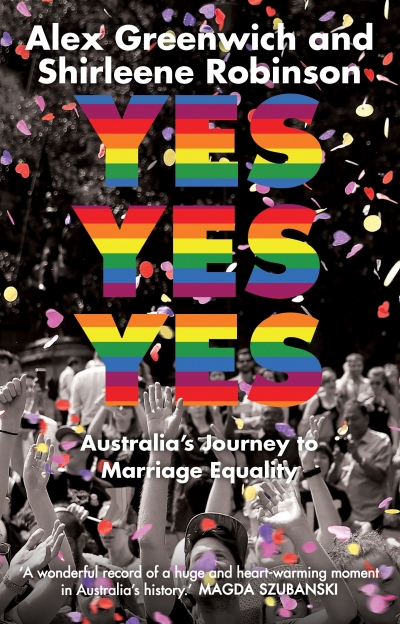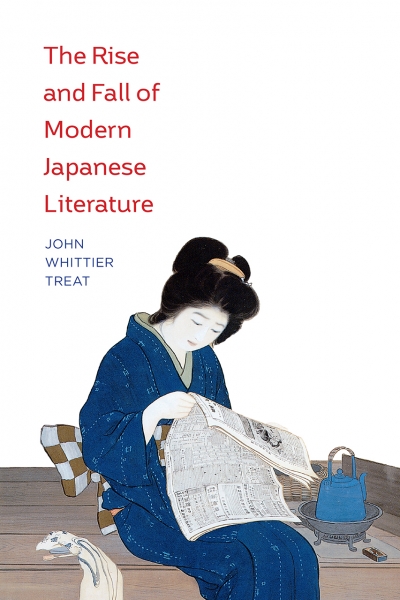Non Fiction
The Seventies: The personal, the political and the making of modern Australia by Michelle Arrow
The first volume in this series, Beverley Kingston’s A History of New South Wales, was published in 2006. Since then another five have appeared, including a book on Tasmania by Henry Reynolds and another on Victoria by Geoffrey Blainey. Cambridge University Press may be proceeding with its ...
... (read more)A History of South Australia by Paul Sendziuk and Robert Foster
The first volume in this series, Beverley Kingston’s A History of New South Wales, was published in 2006. Since then another five have appeared, including a book on Tasmania by Henry Reynolds and another on Victoria by Geoffrey Blainey. Cambridge University Press may be proceeding with its ‘History of Australian States’ ...
... (read more)Capturing Nature: Early scientific photography at the Australian Museum 1857–1893 by Vanessa Finney
The photographic resources of museums and their archives have emerged as key sources for studying the natural world and human cultures, particularly as those studies have widened to include the techniques and modus operandi of scientists and anthropologists themselves. Their notebooks and field equipment ...
... (read more)The Kremlin Letters: Stalin’s wartime correspondence with Churchill and Roosevelt edited by David Reynolds and Vladimir Pechatnov
Joseph Stalin wanted this wartime correspondence published, and one can see why: he comes off best. As the authors comment, ‘the transcript of the Big Three meetings demonstrates Stalin’s careful mastery of the issues and his superior skill as a diplomatist, regularly keeping his silence but then speaking out in a terse and timely manner at key moments’. He is ...
In the Closet of the Vatican: Power, homosexuality, hypocrisy by Frédéric Martel
Almost from the day Jorge Mario Bergoglio was elected Pope Francis in 2013, he began denouncing fake devotees, whited sepulchres, and hypocrites at the Vatican. His targets, as Frédéric Martel makes clear, are the high-ranking clergy who vehemently condemn homosexuality while themselves often ...
... (read more)Delayed Response: The art of waiting from the ancient to the instant world by Jason Farman
‘A book about waiting’ was perhaps a hard sell for Jason Farman to make to his publisher. Waiting, so the consensus goes, sucks. It is the elephant graveyard of time, the dead zone between something and something else. Who would want to spend more time on waiting? It helps to clarify that Delayed Response is not ...
... (read more)Choice Words: A collection of writing about abortion' edited by Louise Swinn
Rosie Waterland was twenty-one, couch surfing, and working at a cinema when she learned she was pregnant. A hot flush, then a wave of nausea, hit her on the toilet. ‘It was the kind of nausea that takes away any sense of dignity that a person has,’ she writes. She stripped off, lay down on the bathroom floor, and prayed for the feeling to pass ...
... (read more)Trigger Warnings: Political correctness and the rise of the right by Jeff Sparrow
Whatever benefits it has brought, aggressive globalisation has also dislocated industries, wrecked communities, and fostered social alienation. Large numbers of working-class, blue-collar, and rural voters (these categories overlap) feel abandoned, anxious, and economically insecure, even when they have ...
... (read more)Yes Yes Yes: Australia’s journey to marriage equality by Alex Greenwich and Shirleene Robinson & Going Postal edited by Quinn Eades and Son Vivienne
Glitter canons erupted at colourful gatherings across the country on 15 November 2017 as the Australian Bureau of Statistics revealed that 61.6 per cent of participants had voted yes in the marriage equality plebiscite. Yes Yes Yes: Australia’s journey to marriage equality, published on the anniversary of that historic day ...
... (read more)The Rise and Fall of Modern Japanese Literature by John Whittier Treat
In his 1998 book, Japanese Literature as ‘fluctuation’ (‘Yuragi’ no nihon bungaku), Komori Yōichi deconstructs the concept of ‘modern Japanese literature’ by examining the Encyclopedia of Modern Japanese Literature (『日本近代文学大辞典』), an impressive work that, despite its six volumes ...
... (read more)

